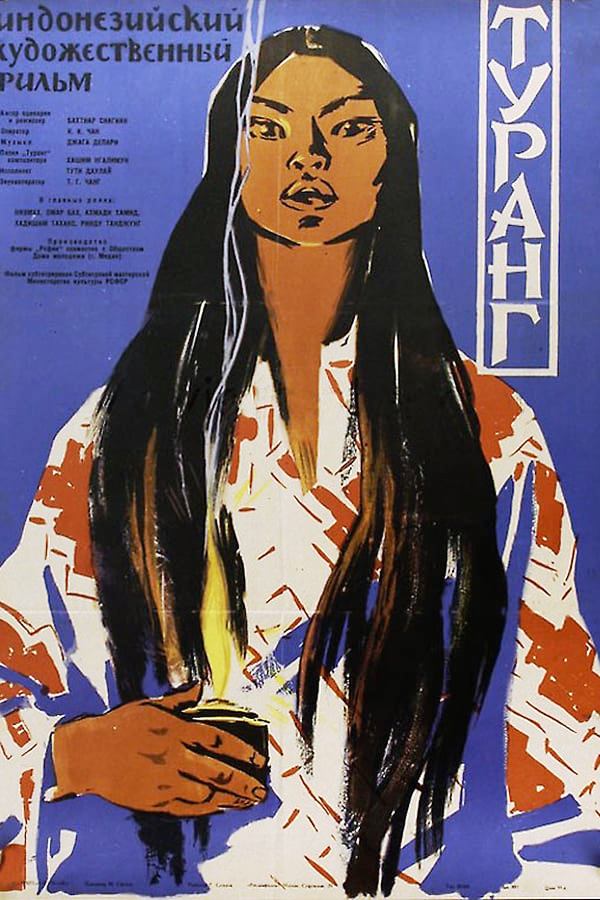Cinematic Diplomacy
 In several articles, I trace film festivals as instruments of cultural diplomacy and national liberation during the decolonization era. These anticolonial cinema networks became precursors and counterpoints to the post-1968 influential militant “Third Cinema” movement.
In several articles, I trace film festivals as instruments of cultural diplomacy and national liberation during the decolonization era. These anticolonial cinema networks became precursors and counterpoints to the post-1968 influential militant “Third Cinema” movement.
“Paulin Soumanou Vieyra, the Soviet Union, and Cold War Circuits for African Cinema, 1958–1978,” Black Camera 13, no. 2 (2022): 451–73.
“Ascesa e caduta della diplomazia sino-sovietica dei festival cinematografici, 1957-1966 [The Rise and Fall of Sino-Soviet Film Festival Diplomacy, 1957-1966],” trans. Francesco Pitassio, Cinema e Storia: Rivista di studi interdisciplinari 10 (2021): 87–103. In Italian. English original appended at the end.
“An Air Map for World Cinema: Aeroflot as an Infrastructure for Cinematic Internationalism,” Special Issue “The Union of What? Soviet Internationalism Thirty Years after the Fall of the USSR,” Russian Review 80, no. 4 (2021): 661–80.
“Cinema in the Spirit of Bandung: The Afro-Asian Film Festival Circuit, 1957-1964,” in The Cultural Cold War and the Global South: Sites of Contest and Communitas, ed. Kerry Bystrom, Monica Popescu, and Katherine Zien (London: Routledge, 2021).
“World Cinema at Soviet Festivals: From Cultural Diplomacy to Personal Ties,” Studies in European Cinema 17, no. 2 (2020): 140–154.
Image: A Soviet poster for an Indonesian film by Bachtiar Siagian, Turang (1957), an audience and critics’ favorite at the Afro-Asian Film Festival in Tashkent, Uzbekistan in 1958.